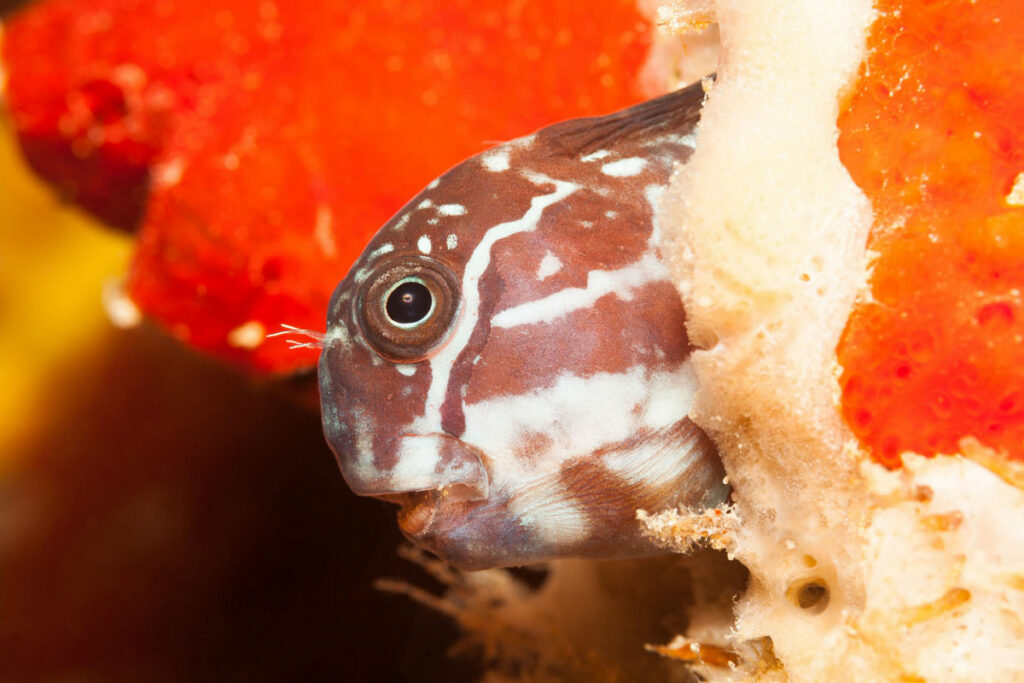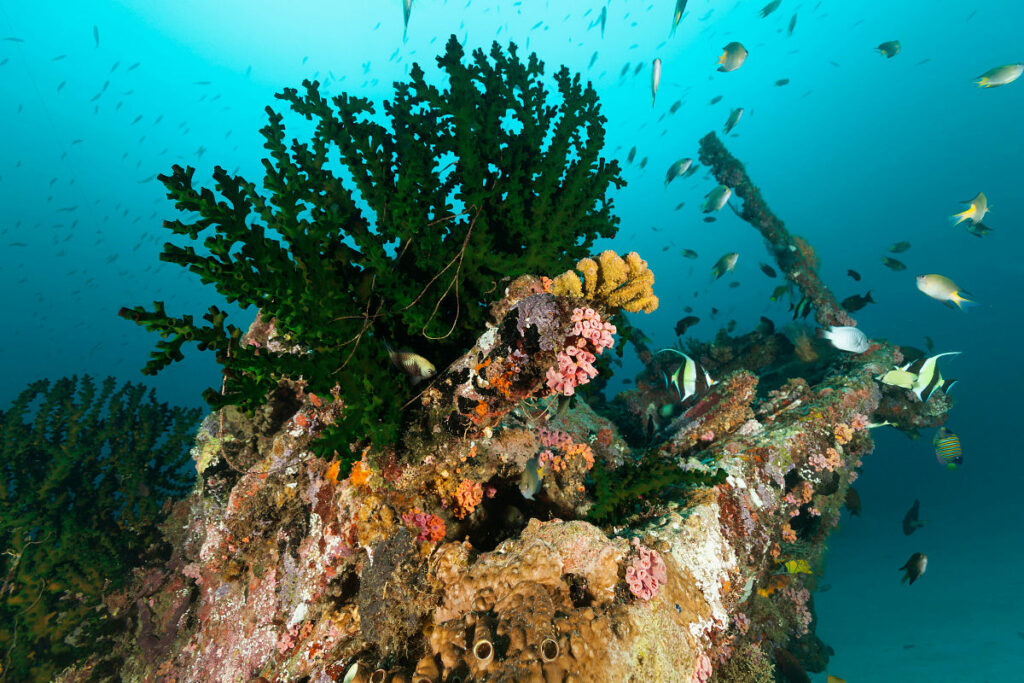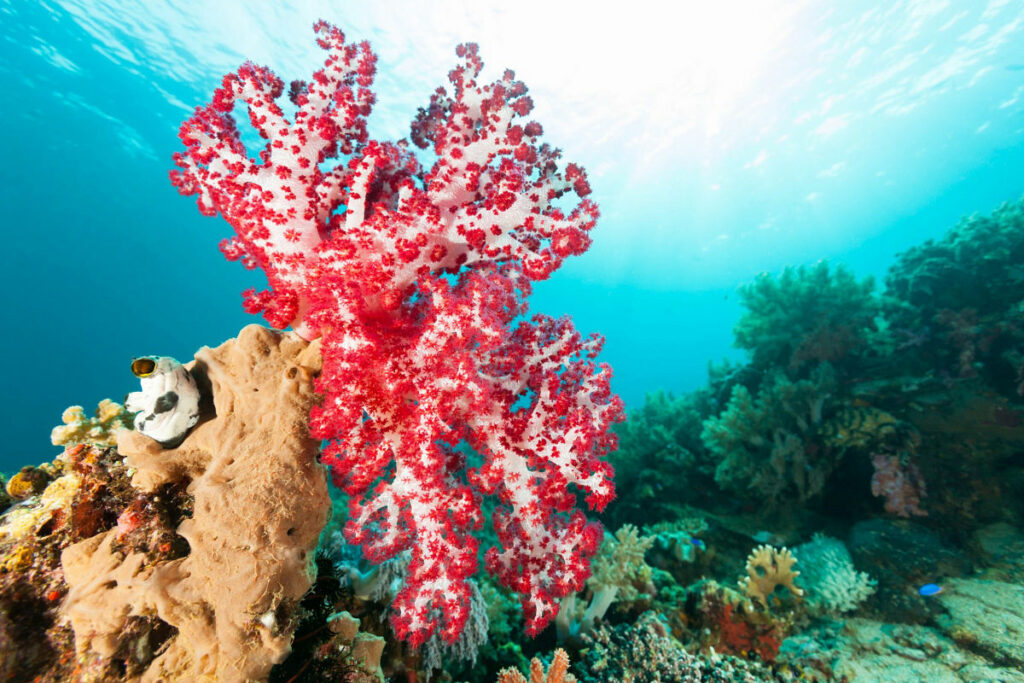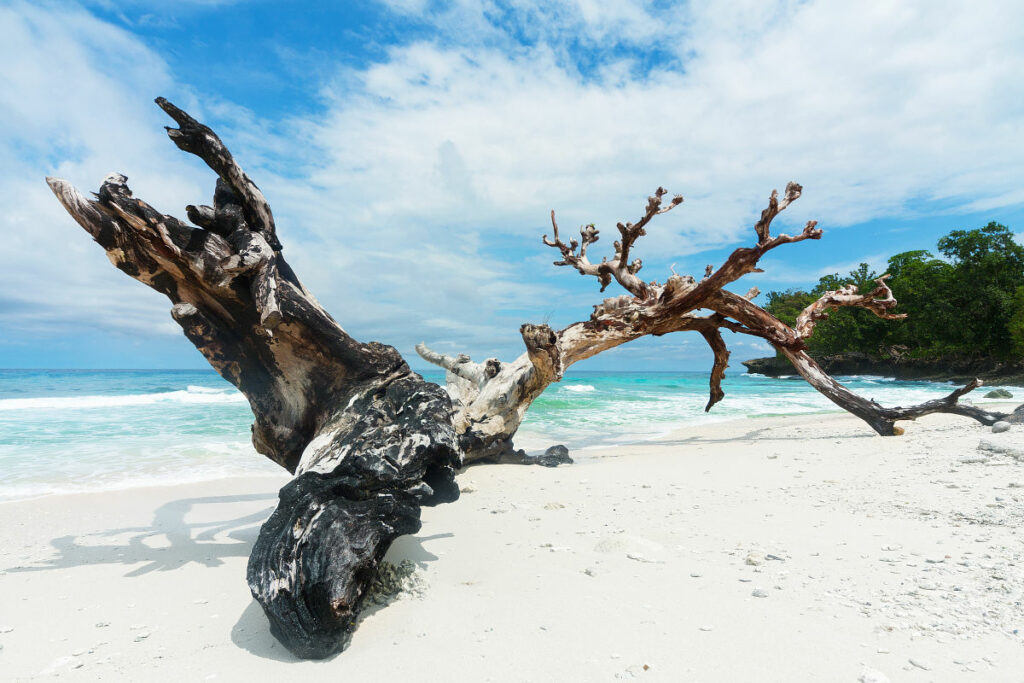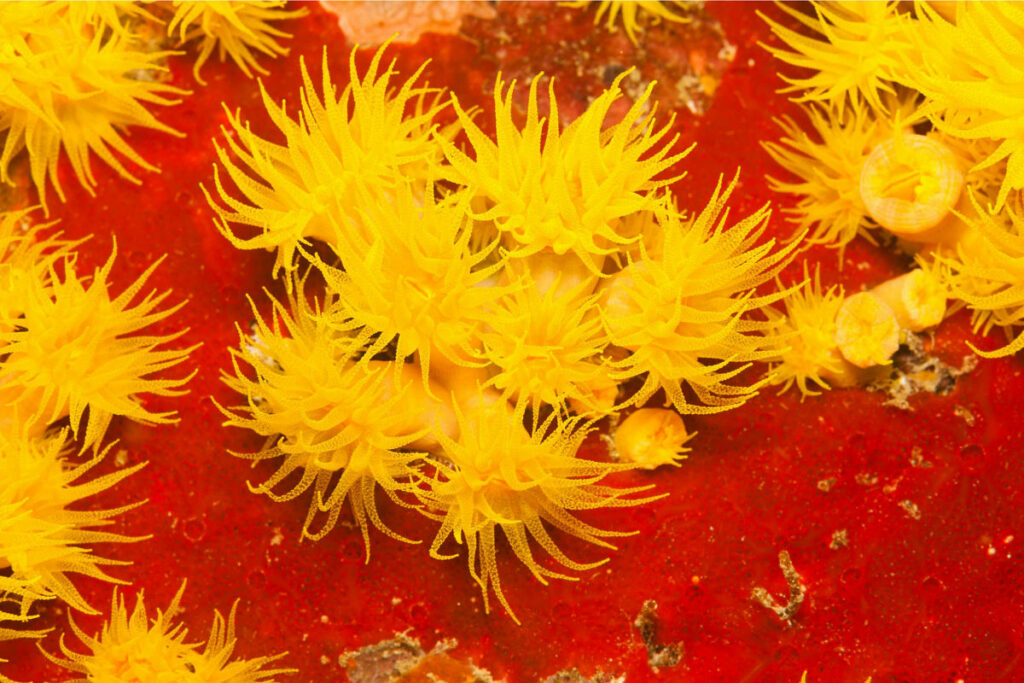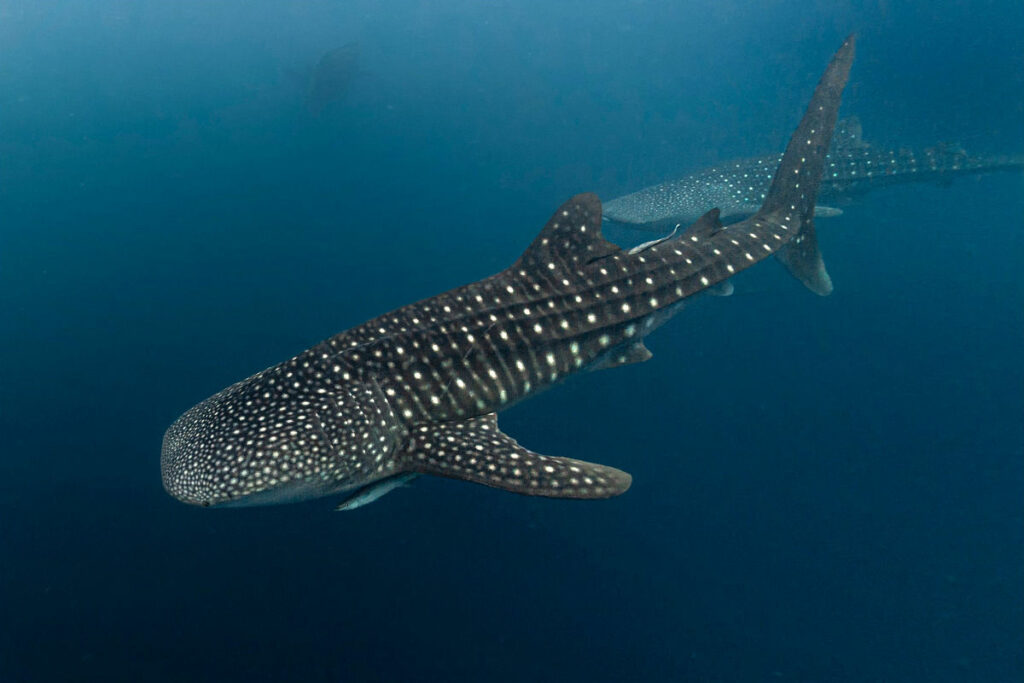Cenderawasih Bay
May/June | Manokwari to Nabire/Nabire to Manokwari
9 nights | Kwatisore Bay, Manokwari Wrecks, Padaido Archipelago, Tanjung Mangguar
Itinerary Highlights
- Amazing combination of historical wrecks and beautiful marine life.
- Dive year-round with whaleshark.
- Renowned for its endemic marine life – such as the Cenderawasih epaulette shark – due to its geological isolation.
- An abundance of World War II relics.
- Part of the Teluk Cenderawasih National Park which is Indonesia’s largest marine national park.
Itinerary Description
Cenderawasih Bay in West Papua, Indonesia, is renowned for its exceptional diving. And while its title as a ‘bay’ might make it sound small – it is anything but. Covering around 4,600 square miles, it is one of the largest bays in Indonesia and contains most of the Teluk Cenderawasih National Park, the largest marine park in Southeast Asia.
It means on this trip you will explore a protected part of the Coral Triangle which offers an incredible diversity of sights – from World War II wrecks to creatures seen nowhere else on the planet – in a remote and abundant paradise. However, the big draw to this itinerary is whaleshark. Drawn to the area by the platforms used by local fishermen, whaleshark have a large (in more ways than one!) presence year-round meaning you will almost certainly get the chance to dive with these mighty creatures.
There is also the potential to see species of marine life endemic to this area. There are gobies, anthias and wrasses (among others) recorded here that have been seen nowhere else on the planet as well as the Cenderawasih epaulette shark – a bamboo shark which is named after its home.
The trip will also take you to Manokwari – home to many Japanese wrecks – as well as Pulau Roon, known for its pristine reefs and macro life, and Pulau Nusir, with its walls and currents. For a varied diving experience in one of the most beautiful parts of the world, Cenderawasih Bay has to be right at the top of your bucket list.
Dive Sites
Click dive site markers for detailed descriptions.
Dive sites & areas that we may visit are subject to weather conditions.
Please be aware the dive sites and areas mentioned in our itineraries are not guaranteed. They are subject to change based on weather conditions and are at the discretion of our cruise director/captain. This is to ensure we provide the best sightings and activities possible during your dive experience while also prioritising your safety.
Kwatisore Bay
Kwatisore Bay is world-renowned for its year-round whale shark encounters, thanks to the unique fishing platforms (bagans) that naturally attract these gentle giants. Divers can expect multiple whale sharks circling underneath, feeding on fish discarded by local fishermen. The fishermen believe that the whale sharks bring them luck, so they often give a tiny portion of their catch to the whale sharks - a sustainable and respectful interaction that offers unforgettable underwater moments.
Other marine life includes large schools of fish, occasional sightings of ocean sunfish (Mola mola), reef sharks, sea turtles, and a wide variety of fascinating macro species.
Manokwari Wrecks
Various WWII shipwrecks—including the Shinwa Maru and additional Japanese and American vessels—offer compelling wreck exploration opportunities. These sites are typically covered in coral, frequented by schooling fish and macro life, and suitable for advanced divers.
Wrecks include the Shinwa Maru, a Japanese WWII cargo vessel (~120 m) lying on its port side at ~34 m depth. Other wrecks are the Cross Wreck (~20 m depth), Pillbox Wreck, Pasir Putih patrol boat (~14–40 m), and several WWII landing craft and fighter planes (e.g., P-38 Lightning).
Pulau Roon
This site is characterized by healthy coral gardens, vibrant reef fish, macro life, and occasional pelagics. The sheltered channel offers calm conditions and depths suited for both relaxed drift dives and macro exploration.
Pulau Nusir
A remote islet known for dramatic drop-offs, strong currents, and thriving reef life. Walls are covered in vibrant corals, with schooling fusiliers, reef sharks, and excellent wide-angle and macro photo opportunities. Best suited for experienced divers.
Pulau Purupi
A sheltered site offering gentle slopes with healthy coral gardens and rich macro life. Calm conditions make it ideal for relaxed exploration and underwater photography. Reef fish are abundant, with occasional pelagics cruising by.
Pulau Wairundi
Rich coral gardens and a diverse array of fish species—rainbow-colored reef fish, hard and soft corals, and healthy macro communities. Often patrolled by whitetip, blacktip, and grey reef sharks. Ideal for photographers and intermediate divers.
Padaido Archipelago
A stunning cluster of roughly 29 small islands and coral reefs, notable for vibrant coral gardens, rich biodiversity, and a secluded, off-the-beaten-path experience. Expect abundant reef fish, macro critters, and peaceful snorkeling/dive spots—ideal for intermediate to advanced-level underwater explorers.
Pulau Rouw
Home to a striking shallow-water Zero fighter plane wreck, this site offers a unique blend of historical intrigue and marine life. The plane lies at approximately 1–12?m depth, encrusted in coral with schooling fish darting among the wreckage—ideal for both snorkelers and intermediate divers.
Pulau Rippon
A WWII-era Japanese Oscar fighter plane wreck lies off Pulau Rippon at 12?m depth, resting on a sloping reef carpeted in soft corals and elephant ear sponges. The site is popular with photographers, offering macro life among the wreckage along with turtles and schools of surgeonfish and barracuda.
Tanjung Mangguar
Known for its soft coral reefs, abundant fish life, and the potential to spot manta rays, mobula rays, and sharks. The site features a wall on one side and a plateau of hard corals on the other, with schooling barracudas, trevallies, fusiliers, and surgeonfish adding to the marine spectacle.
Pulau Biak
A large island boasting numerous atolls, coral reefs, and sandy beaches, Pulau Biak is a vibrant hub for both diving and snorkeling. Dive conditions feature calm, clear waters (often 10–80?m visibility) and healthy coral walls plunging to 40?m, hosting diverse marine life such as sharks, rays, groupers, turtles, nudibranchs, and WWII wrecks. Ideal for all levels, from relaxed snorkelers to drift- and macro-focused divers.
Pulau Numfoor
Numfor is a coral-ringed island featuring steep cliffs along its southeastern coast and expansive reef flats—prime conditions for vibrant coral gardens, abundant reef fish, and occasional pelagic visitors like sharks and rays. The marine environment is ideal for both macro photography and wide-angle dives, suited to intermediate and advanced divers.
Pulau Num
Pulau Num (Mios Num) offers lush coral reefs, reef walls, and reef flats with abundant marine life—turtles, schooling fish, and occasional sharks and rays. The sloping walls make it appealing to both wide-angle and macro underwater photography, suited to intermediate divers.
Pulau Rumberpon
A serene island dive site featuring extensive reef flats, healthy coral gardens, and abundant reef fish such as fusiliers, butterflyfish, and parrotfish. Occasional pelagics—like reef sharks and rays—pass through, offering surprises for vigilant divers. Strong currents can occur around the reefs, making drift dives popular in parts.
Also Important
Check Dive & Depart Manokwari / Nabire
Once onboard there will be a safety briefing, crew introduction, complete and check dive paperwork, cabin allocation and boat orientation. The first dive is a check dive.
Return to Nabire / Manokwari
On the last diving day, 1 dive is available in the morning whilst observing the rule of no diving within 24 hours of reaching altitude. Evening-time pack up diving equipment and settle any outstanding bills ready to depart for the airport or hotel the following morning.
Itinerary Experience
Advanced, 30 dives
There is no strict certification or minimum number of dives required to explore Cenderawasih Bay, the remote nature of the region means most guests joining these trips are expected to be Advanced divers with 30+ logged dives. Some sites may exceed 20m in depth and can involve currents, so being comfortable in such conditions is important.

